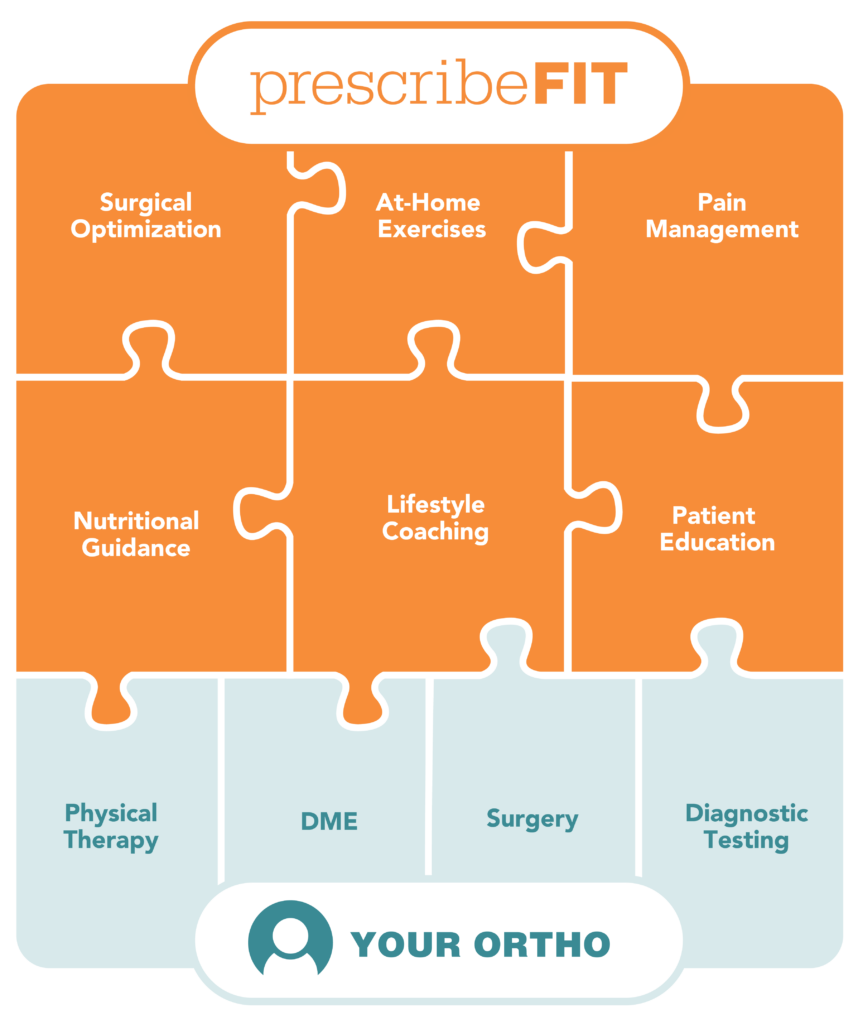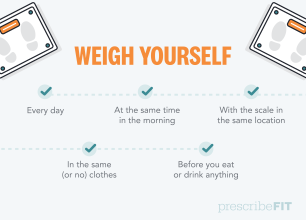With any orthopedic treatment, a holistic approach is essential. This entails receiving care from an orthopedic specialist who not only treats physical injuries or current issues but also encompasses preventative measures and solutions to improve your overall well-being. It’s imperative for your orthopedic team to be proactive in the care of their patients.
Standard Aspects of Reactive Orthopedic Treatment
Diagnostic Testing:
An orthopedic specialist should begin with detailed diagnostics to accurately identify the issue, avoiding premature conclusions. Common diagnostic tools in orthopedic care include bone densitometry, skeletal scintigraphy, discograms, myelography, and electromyography, utilizing technologies like X-rays, MRI, ultrasound, and computed tomography. These tests are crucial in defining the most effective treatment path.
Surgery:
If non-invasive methods are insufficient, surgery may be necessary. Orthopedic surgery is often considered after exploring less invasive treatments. Common procedures include surgeries for ankle fractures, Achilles repair, loose body removal, total joint replacement, and more. Surgery is typically a consideration when it promises the best outcomes.
Physical Therapy:
Post-surgery rehabilitation is vital. It aids in strengthening the body and restoring functionality through coordinated physical therapy, involving physicians, physician assistants, physical therapists, and potentially athletic trainers for athletes.
DME:
In orthopedics, DME stands for Durable Medical Equipment. This term refers to medical equipment that is used in the home to aid in a better quality of living. Examples of DME include items like wheelchairs, walkers, crutches, braces, and hospital beds. These devices are designed to provide therapeutic benefits to patients with certain medical conditions or illnesses. Durable Medical Equipment is essential for supporting patient mobility, rehabilitation, and overall daily living activities.
Pain Management:
Effective pain management is crucial, both pre- and post-surgery. Common methods include the RICE protocol (rest, ice, compression, elevation) and pain medications or injections.
An often overlooked strategy for pain management is lifestyle adjustments like changes in diet or footwear. These strategies are tailored to individual needs to enhance recovery, improve comfort, and prevent future issues.
Other Missing Components of Comprehensive Orthopedic Care
Holistic orthopedic care is patient-centered, adapting to the unique needs of each individual. While the specific steps may vary, certain critical elements should be consistent across all care plans:
Ongoing Patient Education:
A dedicated orthopedic doctor should provide continuous education about your condition. This includes detailed explanations and support through every phase of treatment, enabling you to make informed decisions about your care.
Lifestyle Management:
Lifestyle health coaching program focuses on improving daily habits—such as nutrition and physical activity—to build sustainable healthy practices that address the root causes of joint pain and other orthopedic issues.

Choosing the right orthopedic team that aligns with your needs is crucial, as comprehensive care is foundational to better health outcomes and overall wellness in orthopedic treatment. If you are patient with a musculoskeletal issue, look for an orthopedic practice that offers Prescribe FIT or contact us for more information — we have Prescribe FIT partner practices across country and all over the United States.
Published on October 7, 2024

